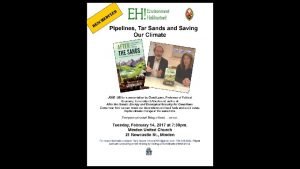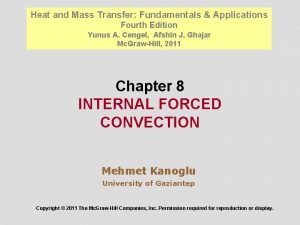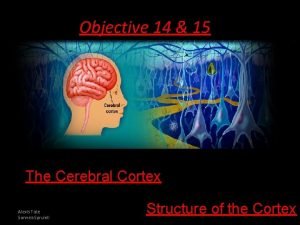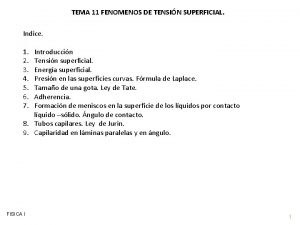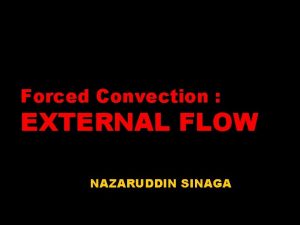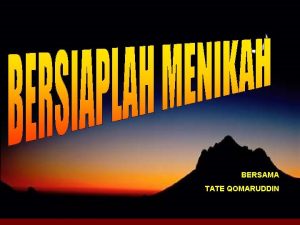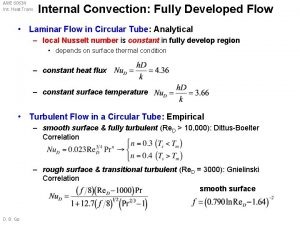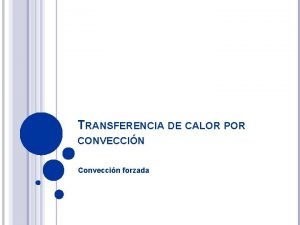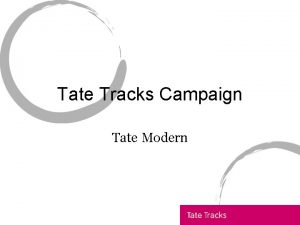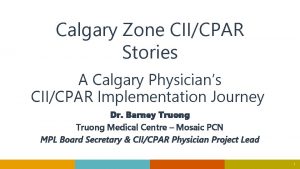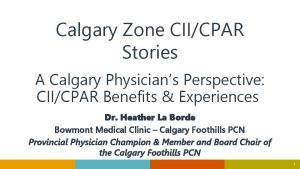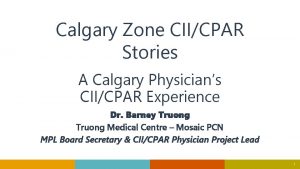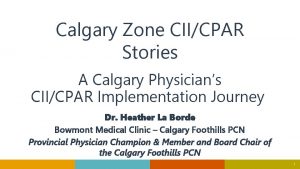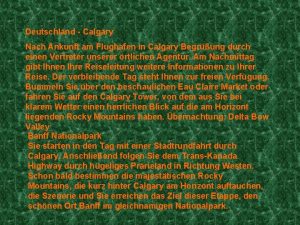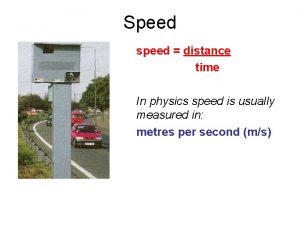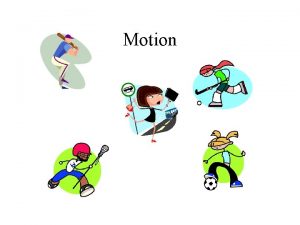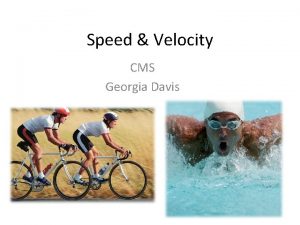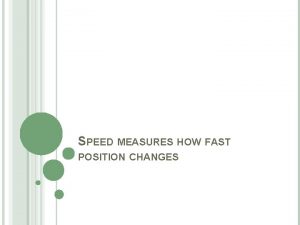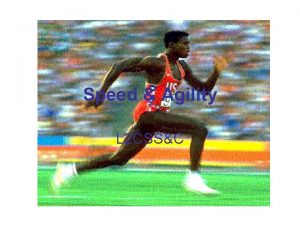Motorist Speed Compliance Near Calgary Elementary Schools Tate



















- Slides: 19

Motorist Speed Compliance Near Calgary Elementary Schools Tate Hubka, Tony Churchill, Alberto Nettel-Aguirre, Linda Rothman, Brent Hagel CARSP Conference 2019

Brent E. Hagel, Andrew Howard, Alison Macpherson, Pamela Fuselli University of Calgary, Hospital for Sick Children, York University, Parachute Co-investigators • • Kathy Belton, Uof. A Ron Buliung, Uof. T Marie-Soleil Cloutier, INRS Carolyn Emery, Uof. C Gregory Morrow, UC Berkley Tracey Ma, George Institute Colin Macarthur, Sick. Kids Guy Faulkner, UBC • • Gavin Mc. Cormack, Uof. C Alberto Nettel-Aguirre, Uof. C Kelly Russell, Uof. M Liz Owens, Alberta Transportation Ian Pike, UBC Juan Torres, Ude. M Donald Voaklander, Uof. A Meghan Winters, SFU

Brent E. Hagel, Andrew Howard, Alison Macpherson, Pamela Fuselli University of Calgary, Hospital for Sick Children, York University, Parachute

Across Canada, collisions with motor-vehicles are a leading cause of child bicyclist and pedestrian injuries. Proportion of all deaths caused by Traffic Incidents (2012 -2016) 30 Proportion of all deaths 25 20 15 10 5 0 Under 1 year 1 to 4 years 5 to 9 years Age 10 to 14 years 15 to 19 years Statistics Canada. Table 13 -10 -0156 -01 Deaths, by cause, Chapter XX: External causes of morbidity and mortality (V 01 to Y 89) Introduction Methods Results 4 Discussion

100% 90% Probability of Death 80% 70% 60% 50% 40% 30% 20% 10% 0% 0 10 20 30 40 50 60 Collision Speed (kmh) 70 80 90 100 ↑ Vehicle speeds = ↑ collisions & ↑ injury severity Pasanen E, (1991). Niebuhr, T. , Junge, M. , & Achmus, S. (2013). World Health Organization (2018). Kong, C. , & Yang, J. (2010). Introduction Methods Results 5 Discussion

100% 90% Probability of Death 80% 70% 60% 50% 40% 30% 20% 10% 0% 0 10 20 30 40 50 60 Collision Speed (kmh) 70 80 90 100 ↑ Vehicle speeds = ↑ collisions & ↑ injury severity Pasanen E, (1991). Niebuhr, T. , Junge, M. , & Achmus, S. (2013). World Health Organization (2018). Kong, C. , & Yang, J. (2010). . Introduction Methods Results 6 Discussion

Given that a third of child pedestrian and bicyclist injuries occur within 300 m of a school, it is important to ensure vehicles travel in a safe manner at these locations Warsh J, Rothman L, Slater M, et al (2009) Introduction Methods Results 7 Discussion

Objective Determine • The proportion of vehicles traveling over the posted speed limit • The speed of those vehicles While in front of elementary schools in Calgary, Alberta. Introduction Methods Results 8 Discussion

NW 34% NE 28% 50 Elementary Schools • K – Gr 8 Capture • Traffic speed • Traffic volume SW 19% Introduction SE 19% Methods 3 time periods • 24 hour • School activity • School drop-off Results 9 Discussion

12: 00 am Introduction 7: 30 am Methods 9: 00 pm Results 11: 59 pm 10 Discussion

12: 00 am Introduction 7: 30 am 9: 00 pm 7: 00 am 6: 00 pm Methods Results 11: 59 pm 11 Discussion

12: 00 am 7: 30 am 7: 00 am 9: 00 pm 11: 59 pm 6: 00 pm 20 min before first bell 5 min after first bell Introduction Methods Results 12 Discussion

0 12: 00 - 12: 29 12: 30 - 12: 59 1: 00 - 1: 29 1: 30 - 1: 59 2: 00 - 2: 29 2: 30 - 2: 59 3: 00 - 3: 29 3: 30 - 3: 59 4: 00 - 4: 29 4: 30 - 4: 59 5: 00 - 5: 29 5: 30 - 5: 59 6: 00 - 6: 29 6: 30 - 6: 59 7: 00 - 7: 29 7: 30 - 7: 59 8: 00 - 8: 29 8: 30 - 8: 59 9: 00 - 9: 29 9: 30 - 9: 59 10: 00 - 10: 29 10: 30 - 10: 59 11: 00 - 11: 29 11: 30 - 11: 59 12: 00 - 12: 29 12: 30 - 12: 59 13: 00 - 13: 29 13: 30 - 13: 59 14: 00 - 14: 29 14: 30 - 14: 59 15: 00 - 15: 29 15: 30 - 15: 59 16: 00 - 16: 29 16: 30 - 16: 59 17: 00 - 17: 29 17: 30 - 17: 59 18: 00 - 18: 29 18: 30 - 18: 59 19: 00 - 19: 29 19: 30 - 19: 59 20: 00 - 20: 29 20: 30 - 20: 59 21: 00 - 21: 29 21: 30 - 21: 59 22: 00 - 22: 29 22: 30 - 22: 59 23: 00 - 23: 29 23: 30 - 23: 59 80 70 60 50 40 30 20 10 Average Speed (km/h) Introduction Methods % Speeding Results Discussion 13

24 hours School Activity Hours (7 am-6 pm) Drop-off Time (20 min before – 5 min after school bell) 41. 5 (14. 1 – 70. 7) 42. 94 (14. 39 – 74. 33) 20. 55 (0 – 72. 80) 25. 21 11. 27 3. 74 1. 87 27. 18 11. 27 3. 51 1. 63 14. 60 4. 76 1. 15 0. 55 Speed of vehicle (km/h) 31. 31 (24. 91 – 36. 57) 29. 75 (24. 78 – 34. 26) 25. 50 (19. 53 – 33. 36) 50 th Percentile (km/h) 30. 38 (24. 31 – 35. 69) 29. 33 (24. 24 – 34. 20) 24. 95 (18. 50 – 32. 95) 85 th Percentile (km/h) 38. 46 (29. 98 – 46. 13) 35. 59 (29. 88 – 41. 84) 30. 62 (22. 56 – 38. 77) Traffic Volume 2, 731. 85 (160 – 15, 438) 1, 868. 51 (139 – 11, 026) 104. 94 (14 – 518) n = 48 Average (Range) % > Speed limit % Speeding - 0. 1 -4. 9 km/h over - 5 -9. 9 km/h over - 10 -14. 9 km/h over - 15 km/h & over Weekdays only. A total of 214, 802 vehicles were measured across 28 days and 48 schools. Due to concerns regarding accuracy, 29 vehicles going > 100 km/h were removed Introduction Methods Results 14 Discussion

Drop-off Time (20 min before – 5 min after school bell) % Speeding - 0. 1 -4. 9 km/h over - 5 -9. 9 km/h over - 10 -14. 9 km/h over - 15 km/h & over % Speeding Risk of collision resulting in fatality 14. 60 4. 76 1. 15 0. 55 ↑ 0 – 25% ↑ 20 – 50% ↑ 40 – 75% ↑ 60% & over ≠ 1 km/h increase can result in a 4 -5% higher risk of collision resulting in fatality 100% 90% Probability of Death 80% 70% 60% 50% 40% 30% 20% 10% 0% 0 10 20 30 40 50 60 Collision Speed (kmh) 70 80 90 100 Pasanen E, (1991). Niebuhr, T. , Junge, M. , & Achmus, S. (2013). World Health Organization (2018). Kong, C. , & Yang, J. (2010). Introduction Methods Results 15 Discussion

School Activity Hours (7 am-6 pm) Drop-off Time (20 min before – 5 min after school bell) Speed of vehicle (km/h) 29. 75 (24. 78 – 34. 26) 25. 50 (19. 53 – 33. 36) % > Speed limit 42. 94 (14. 39 – 74. 33) 20. 55 (0 – 72. 80) Large spread in proportion of drivers travelling over the speed limit Introduction Methods Results 16 Discussion

Next Steps Consider built environment features • Traffic calming • Road type • Parking restrictions Combine with data on child active transportation counts • # of children walking/bicycling to school Compare with other municipalities • Toronto Evaluate impact of community wide speed limit changes • The City of Calgary is currently deciding on 30 km/h zones in residential areas Introduction Methods Results 17 Discussion

This study was supported by the CIHR Team Grant: Environments and Health: Intersectoral Prevention Research, The Built Environment and Active Transportation Safety in Children and Youth #IP 2 -150706. This study was conducted by the CHASE (Child Active Transportation Safety and the Environment) group of investigators and their partners. We would like to thank the study participants for generously providing their time, as well as all the members of CHASE, including; investigators, collaborators, partners, staff, and trainees. Thank you

2010 - Mean speed: 31. 4 km/h (Kattan, Tay, & Acharjee. 2011) 2013 - Pre-change mean speed: 36. 3 km/h (Mishra & Kattan. 2017) 2014 - School and Playground zones hours were changed to 7: 30 am – 9: 00 pm 2016 - All school zones changed to playground zones 2017 - Post-change mean speed: 30. 1 km/h (Mishra & Kattan. 2017) 2018 - Our study – mean speed: 31. 3 km/h Kattan, Tay, Acharjee (2011); Mishra & Kattan (2017) Introduction Methods Results 19 Discussion
 Cbc.canews
Cbc.canews Seattle seahawks tackling drills
Seattle seahawks tackling drills Kiro burnaz kumanovo
Kiro burnaz kumanovo Powerschool huntsville
Powerschool huntsville Safety target and reach schools
Safety target and reach schools Daughter from danang summary
Daughter from danang summary How did heck tate behave on the witness stand
How did heck tate behave on the witness stand The atom part 1: big things come in small packages
The atom part 1: big things come in small packages Dittus-boelter equation
Dittus-boelter equation Alexis tate
Alexis tate Heck tate is wise and tolerant.
Heck tate is wise and tolerant. Kaite kudasai adalah
Kaite kudasai adalah Ley de jurin formula
Ley de jurin formula Nusselts number
Nusselts number Peggy tate
Peggy tate Https://www.tate.org.uk/kids/games-quizzes/street-art
Https://www.tate.org.uk/kids/games-quizzes/street-art Tata tata puno puno ja te volim
Tata tata puno puno ja te volim Tate qomaruddin
Tate qomaruddin Sieder tate equation
Sieder tate equation Ecuacion de sieder y tate
Ecuacion de sieder y tate
